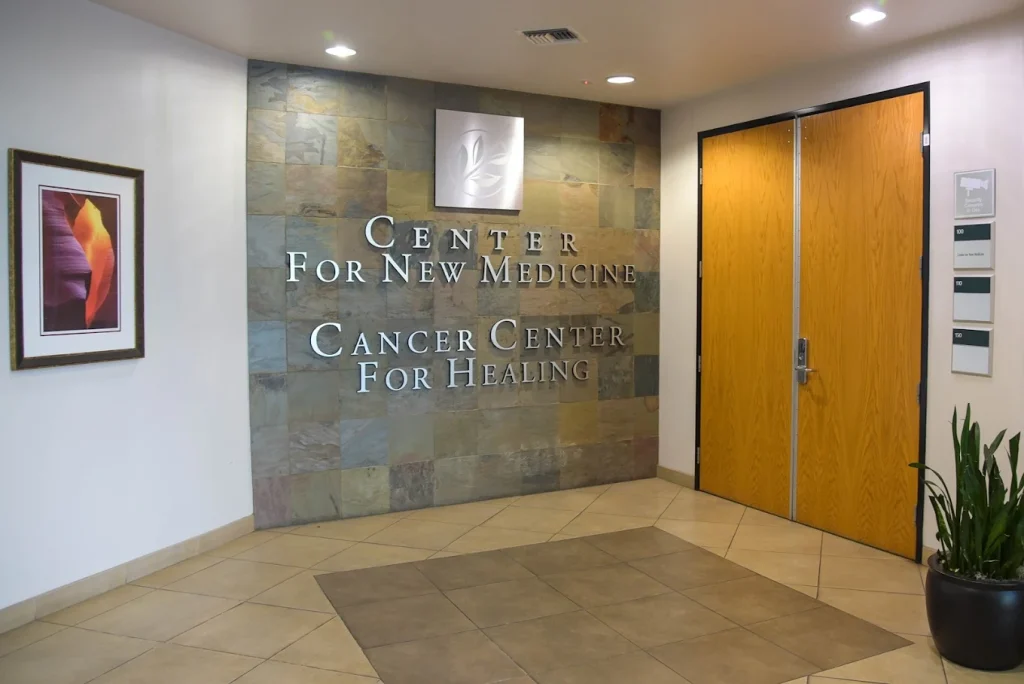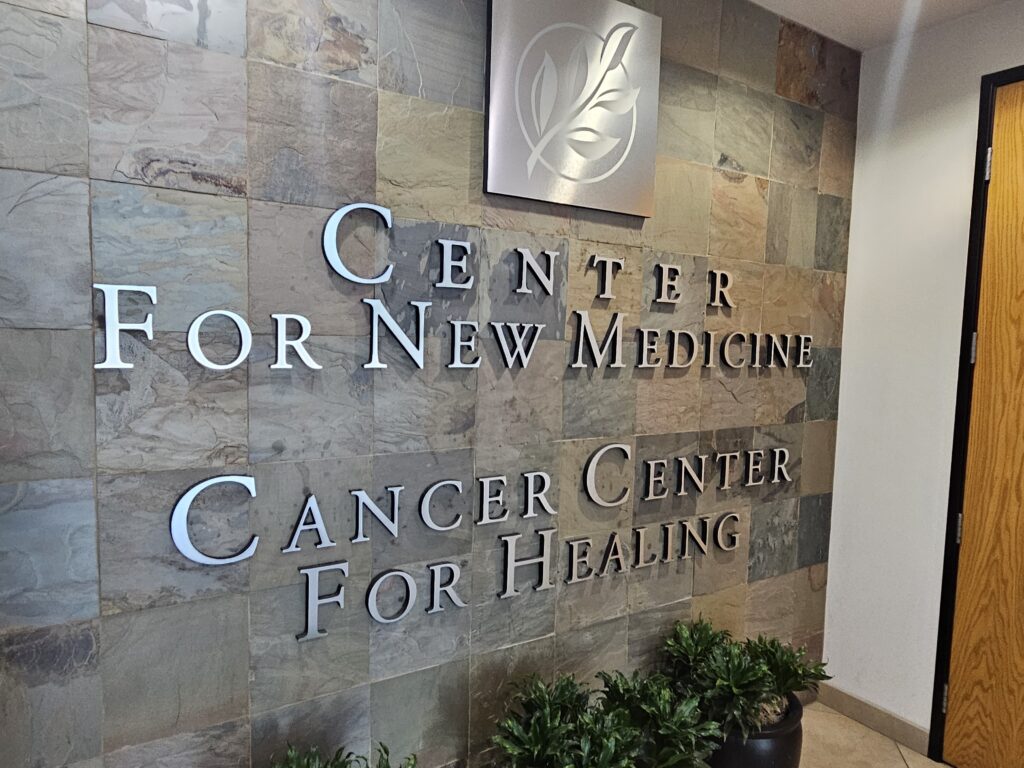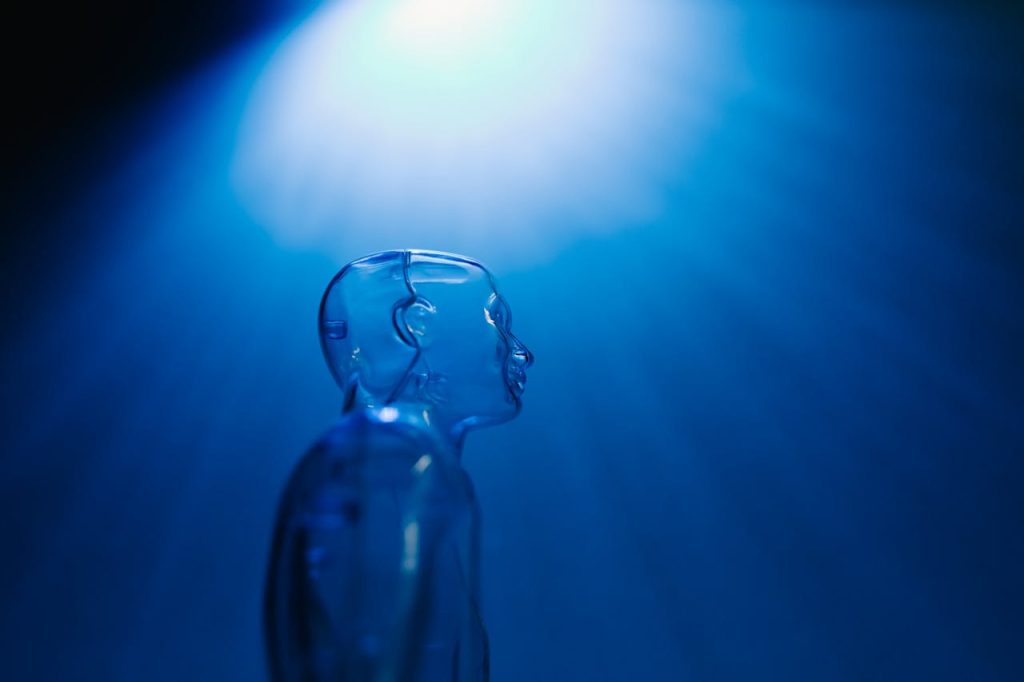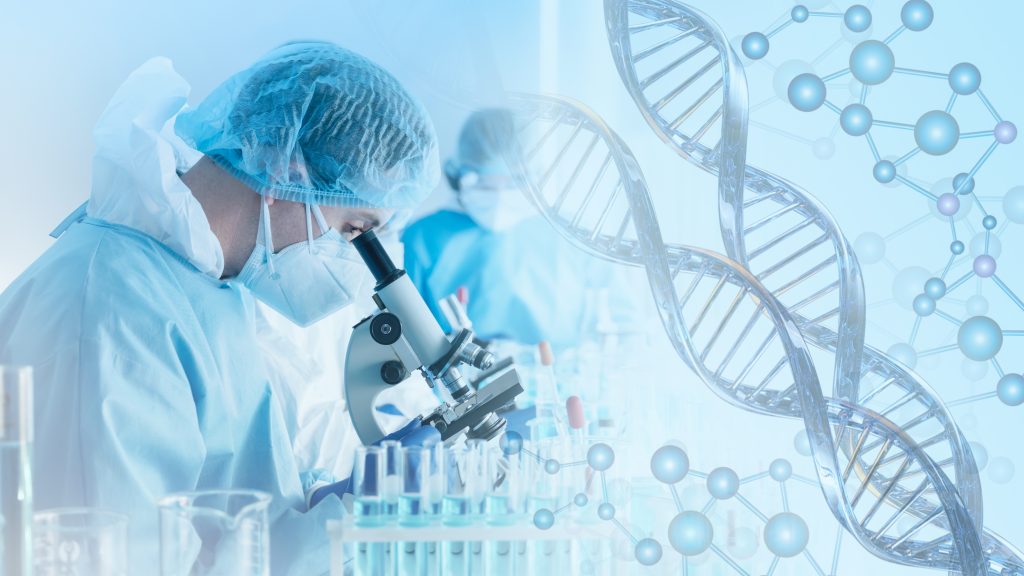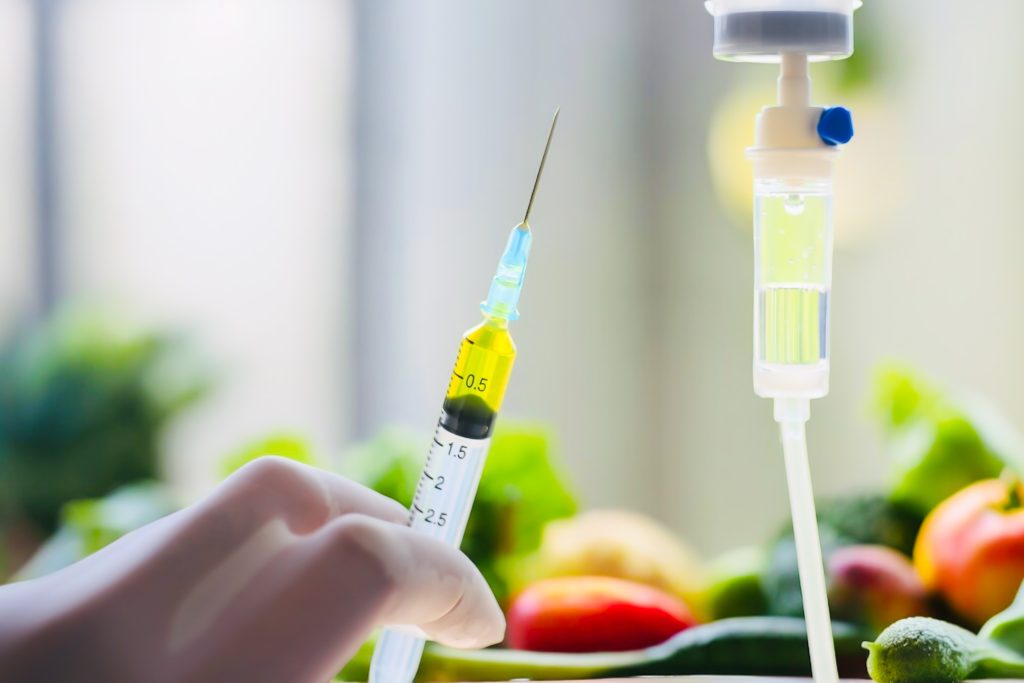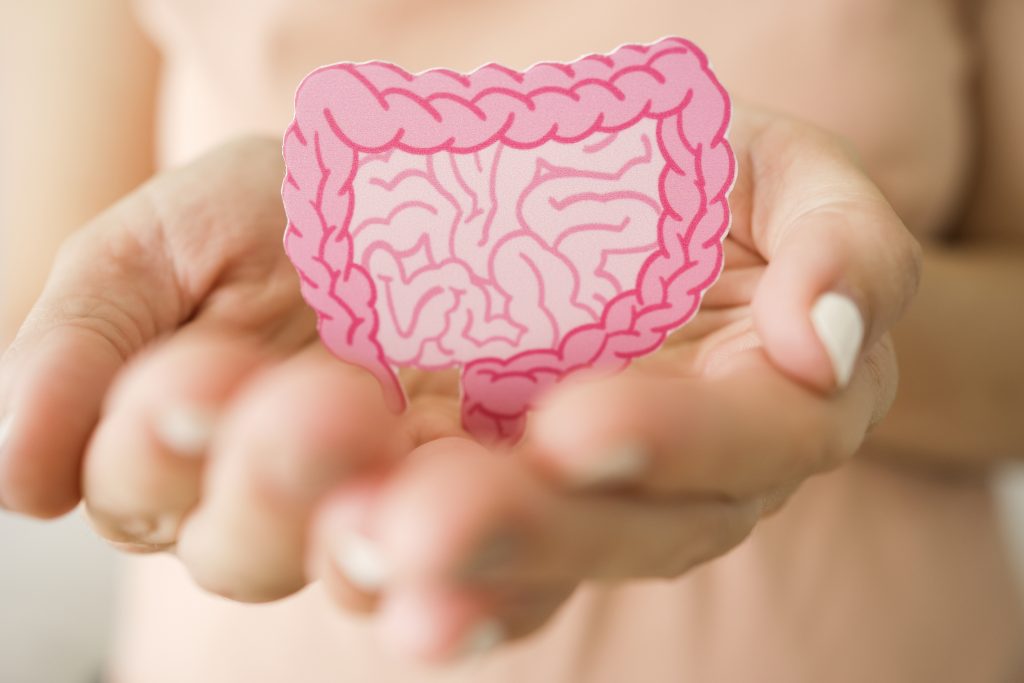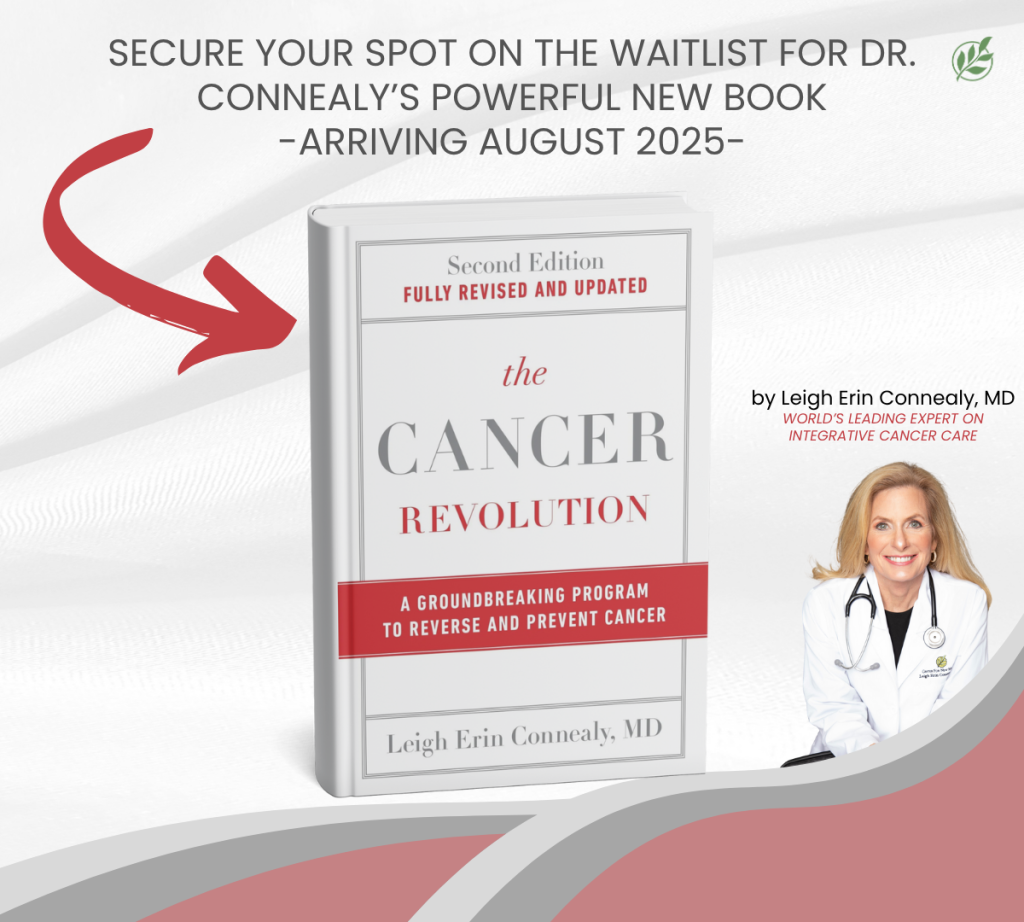Leukemia is a form of cancer that affects the blood cells and bone marrow, leading to abnormal and uncontrolled cell growth. One of the early signs of leukemia is a rash that appears on the skin. Early stage leukemia rash can be challenging to diagnose, as it may resemble other skin conditions.
It is crucial to recognize and understand the symptoms, causes, and diagnosis of early stage leukemia rash. Early detection can lead to better outcomes and more effective treatment options. In this article, we will provide an in-depth analysis of early stage leukemia rash and its impact on the body. We will also discuss the comprehensive, holistic care approach taken at the Cancer Center for Healing in Irvine, CA, for treating leukemia rash and other forms of cancer.
Key Takeaways
- Leukemia is a type of cancer that affects blood cells and bone marrow
- Early stage leukemia rash can be difficult to diagnose
- Early detection of leukemia rash is crucial for better outcomes
- The Cancer Center for Healing offers holistic care for leukemia rash
Understanding Early Stage Leukemia
Leukemia is a type of cancer that affects the blood and bone marrow, specifically the white blood cells. During the early stages of leukemia, the cancerous cells may not cause any noticeable symptoms. However, as the disease progresses, the cancer cells can interfere with normal blood cell production, leading to a range of symptoms and complications.
Early detection and treatment of leukemia are critical for better outcomes. When left untreated, leukemia can spread to other parts of the body, making it more difficult to treat. Treatment for leukemia varies depending on the type of leukemia, stage of the disease, and the patient’s overall health.
Some common treatments for leukemia include chemotherapy, radiation therapy, bone marrow transplant, and targeted therapy. In addition to medical treatments, patients may also benefit from supportive therapies, such as nutritional counseling and emotional support.
Introduction to Leukemia Rash
A leukemia rash is a skin manifestation commonly seen in individuals with leukemia, a type of cancer that affects the blood and bone marrow. The rash may present as small red or purple spots on the skin, or as larger patches that are flat or elevated.
The specific characteristics of a leukemia rash vary depending on the type of leukemia and the stage of the disease. In early stage leukemia, a rash may be one of the first noticeable symptoms, indicating that the cancer is present and active in the body.
According to the American Cancer Society, about 25% of individuals with acute lymphocytic leukemia (ALL) and 10% of those with acute myeloid leukemia (AML) experience a rash at some point during the course of their disease. The occurrence of a rash in early stage leukemia can aid in prompt diagnosis and early treatment, leading to better outcomes for the patient.
Symptoms of Early Stage Leukemia Rash
The symptoms of early stage leukemia rash can vary, and they are not always noticeable. Some patients may experience a rash that appears as red, pinpoint spots on the skin, known as petechiae. Others may have a rash that looks like small, flat, or raised blemishes that can be similar to a heat rash or an eczema flare-up.
In some cases, the rash may itch or feel tender to the touch. Patients may also experience other symptoms such as fever, fatigue, weight loss, and swollen lymph nodes. Due to these symptoms being similar to many other illnesses, it is essential to seek medical attention if any of these symptoms occur.
Causes of Early Stage Leukemia Rash
The causes of early stage leukemia rash can vary depending on the type of leukemia. In general, leukemia is caused by the production of abnormal white blood cells. These cells can travel to different parts of the body, including the skin, and lead to the development of rashes.
The exact mechanism by which leukemia cells cause rashes is not fully understood. However, it is thought that the abnormal cells may release chemicals that trigger inflammation in the skin. This can cause redness, itching, and other symptoms commonly associated with rashes.
In some cases, leukemia rash may also be a side effect of chemotherapy or radiation therapy. These treatments can damage healthy skin cells and cause rashes to develop.
Diagnosing Early Stage Leukemia Rash
Diagnosing early stage leukemia rash involves a series of tests and procedures to identify the presence of leukemia cells in the blood and bone marrow. The first step in the diagnostic process is a physical examination to assess the extent and appearance of the rash, as well as any other symptoms that the patient may be experiencing.
If leukemia is suspected, the physician will order a complete blood count (CBC) to check for abnormal levels of blood cells. In addition, a bone marrow biopsy may be performed to determine the presence of leukemia cells in the bone marrow.
Other tests that may be ordered include a peripheral blood smear, cytogenetic analysis, and immunophenotyping. These tests can provide insight into the specific type of leukemia the patient has and the stage of the disease.
Peripheral Blood Smear
A peripheral blood smear involves taking a sample of blood and examining it under a microscope to check for any abnormalities in the size, shape, and number of blood cells.
This test can reveal the presence of leukemia cells in the blood and provide information about the type of leukemia.
Cytogenetic Analysis
Cytogenetic analysis is a laboratory test that examines the chromosomes of leukemia cells to detect any abnormalities or mutations.
This test can provide information about the prognosis of the disease and the potential response to treatment.
Immunophenotyping
Immunophenotyping is a laboratory test that analyzes the surface markers on leukemia cells to determine their specific type and subtype.
This test can help to guide treatment decisions and provide information about the prognosis of the disease.
The diagnostic process for early stage leukemia rash can be complex and may involve multiple tests and procedures. It is important to work with a healthcare provider who has experience in diagnosing and treating leukemia to ensure a proper evaluation and personalized treatment plan.
Recognizing Leukemia Rash in Adults
Unlike childhood leukemia, adult leukemia is known to cause rashes less often. However, if a rash does occur, it may be more severe and widespread than in pediatric cases. Adult leukemia is often associated with acute myeloid leukemia (AML), a type of cancer that develops from abnormal myeloid cells in the bone marrow, which can cause bruising and bleeding.
A rash caused by leukemia in adults is usually characterized by red or purple spots, bumps or patches that can appear on any part of the body. The rash may be itchy and can have a lumpy or pimple-like texture. In some cases, the rash may develop into painful ulcers that may become infected.
Due to the rare occurrence of leukemia rash in adults, it is important to be vigilant when any unexplained skin changes arise. If a rash appears suddenly or persists for an extended period, individuals should seek medical evaluation immediately to rule out any underlying health conditions, including leukemia.
Visualizing Leukemia Rash: Pictures and Examples
It can be helpful for individuals to see visual examples of what early stage leukemia rash looks like. The specific appearance of the rash can vary depending on the individual and the type of leukemia, but there are some typical characteristics to look out for.
One common type of rash associated with early stage leukemia is petechiae, which are small, flat, reddish-purple spots that appear on the skin. These spots can be slightly raised and may feel tender to the touch. They often appear on the arms, legs, and torso.
Another type of rash that may occur is ecchymosis, which are larger areas of bruising that may have a bluish or purple color. These bruises can be caused by tiny blood vessels under the skin breaking and leaking blood.
It is important to note that not all rashes are a sign of early stage leukemia. However, if an individual experiences unexplained rashes that persist or worsen over time, it is recommended to seek medical advice for proper evaluation and diagnosis.
Holistic Treatment Approaches for Early Stage Leukemia Rash
When it comes to treating early stage leukemia rash, the Cancer Center for Healing in Irvine, CA, takes a comprehensive approach to cancer care.
Under the guidance of Dr. Leigh Erin Connealy and her team, patients receive personalized treatment plans that incorporate a variety of holistic treatment modalities. These integrative therapies can help alleviate symptoms, balance the immune system, and support overall health and well-being.
Some of the holistic treatment options available include:
- Nutritional counseling: A healthy diet is essential for individuals with leukemia rash. Nutritional counseling can help patients optimize their diet and achieve optimal nutrition.
- Emotional support: A cancer diagnosis can be emotionally challenging. The Cancer Center for Healing provides emotional support to help patients cope with the stress and anxiety of their diagnosis.
- Complementary therapies: Acupuncture, massage therapy, and other complementary therapies can help relieve symptoms and improve quality of life.
By taking a holistic approach to cancer care, the Cancer Center for Healing aims to support the body’s natural healing process and improve outcomes for individuals with early stage leukemia rash.
Comprehensive Cancer Care at the Cancer Center for Healing
The Cancer Center for Healing is a world-class medical facility located in Irvine, CA, that provides holistic cancer care to patients diagnosed with various types of cancer, including early stage leukemia rash. Led by Dr. Leigh Erin Connealy, a renowned integrative oncologist, the center offers personalized treatment plans that combine conventional medicine with evidence-based complementary therapies.
| Services offered at the Cancer Center for Healing: |
|---|
| Chemotherapy |
| Immunotherapy |
| Targeted therapy |
| Nutritional counseling |
| Acupuncture |
| Mind-body therapies |
With a team of highly qualified medical professionals, the Cancer Center for Healing is dedicated to providing compassionate care to patients and their families. The center focuses on identifying the root cause of cancer, instead of merely treating the symptoms, to ensure long-lasting healing and recovery.
The Role of Early Detection in Leukemia Rash Treatment
Early detection plays a crucial role in the successful treatment of leukemia rash. Identifying the symptoms and seeking prompt medical evaluation can lead to early diagnosis and a better prognosis. The treatment options available for early stage leukemia rash may include chemotherapy, radiation therapy, or bone marrow transplant.
Once the diagnosis is confirmed, a multidisciplinary team of healthcare professionals will work together to create an individualized treatment plan that addresses the unique needs and preferences of the patient. It is important to note that the treatment approach may vary depending on the type of leukemia and other factors such as the patient’s age and overall health.
The Importance of Personalized Treatment Plans
At the Cancer Center for Healing, Dr. Leigh Erin Connealy and her team take a holistic approach to cancer care, focusing on the whole person rather than just the disease. This comprehensive approach involves addressing the physical, emotional, and spiritual aspects of the patient’s health.
One of the key components of this approach is the development of personalized treatment plans. Dr. Connealy and her team carefully evaluate each patient’s medical history, symptoms, laboratory results, and other pertinent information to create a tailored plan that meets their unique needs.
This personalized approach to cancer care helps to ensure that patients receive the most effective and appropriate treatment for their condition, as well as the emotional and psychological support they need to cope with the challenges of cancer treatment.
Overall, early detection is crucial in the successful treatment of leukemia rash. Seeking prompt medical evaluation, getting an accurate diagnosis, and receiving personalized treatment plans can lead to better outcomes and an improved quality of life for patients.
Seeking a Consultation at the Cancer Center for Healing
If you or someone you know is experiencing early stage leukemia rash, it is important to seek professional medical evaluation as soon as possible. The Cancer Center for Healing in Irvine, CA, offers comprehensive cancer care, including expertise in treating various types of leukemia.
Dr. Leigh Erin Connealy and her team take a personalized, integrative approach to cancer treatment, considering not only medical interventions but also emotional, nutritional, and spiritual support. They offer a range of therapies and treatments to address early stage leukemia rash and help patients achieve optimal health and healing.
To schedule a consultation at the Cancer Center for Healing, please call (949) 680-1880. The team at the Cancer Center for Healing is dedicated to providing the highest quality care and support for individuals with early stage leukemia rash and other forms of cancer.
Additional Therapeutic Support for Leukemia Rash
Individuals diagnosed with early stage leukemia rash can benefit from additional therapeutic support options beyond conventional cancer treatment. A holistic approach to cancer care recognizes the importance of addressing a patient’s physical, emotional, and spiritual needs.
Nutritional counseling can help patients identify dietary changes that may improve overall health and support cancer treatment. Emotional support services, including counseling and psychotherapy, can help individuals cope with the challenges of cancer diagnosis and treatment. Complementary therapies, such as acupuncture, massage, and meditation, can help manage symptoms and improve quality of life.
At the Cancer Center for Healing, Dr. Leigh Erin Connealy and her team offer a range of supportive care services tailored to each patient’s needs. By addressing the whole person, rather than solely focusing on the disease, patients have a better chance of achieving optimal health and well-being.
Living with Leukemia Rash: Coping Strategies and Support
A diagnosis of early stage leukemia rash can be overwhelming and challenging to cope with. However, there are various coping strategies and support options available to individuals and their loved ones.
Firstly, it is essential to maintain a positive mindset and stay hopeful during the treatment process. Engaging in activities that bring joy and a sense of fulfillment can help individuals stay motivated and focused.
Seeking emotional support is also crucial. Friends and family members can provide a listening ear and a source of comfort. Additionally, joining a support group with others who are going through a similar experience can offer a sense of community and understanding.
In addition to emotional support, individuals with leukemia rash may benefit from nutritional counseling to maintain a healthy diet and manage any treatment-related side effects. Complementary therapies like acupuncture or massage can also provide relief and promote relaxation.
It is essential to remember that everyone copes with cancer differently, and there is no right or wrong way to handle the diagnosis. Seeking professional medical advice, maintaining a positive outlook, and connecting with resources and support can significantly improve the quality of life for individuals with leukemia rash.
Conclusion
In conclusion, early detection and treatment of leukemia rash are vital for improving outcomes. Recognizing the symptoms, causes, and diagnosis of early stage leukemia rash can help individuals receive prompt medical evaluation and personalized treatment plans. The Cancer Center for Healing, led by Dr. Leigh Erin Connealy, offers a comprehensive approach to cancer care, including holistic treatment modalities and therapeutic support. It is recommended that individuals seek professional medical advice and connect with support groups for coping strategies and emotional support. By taking a multidisciplinary approach to cancer care and prioritizing early detection, individuals can better manage and treat leukemia rash.
FAQ
Q: What is early stage leukemia rash?
A: Early stage leukemia rash refers to a rash that can develop in individuals with leukemia, a type of blood cancer. The rash may appear on the skin and is often one of the symptoms of early stage leukemia.
Q: What are the symptoms of early stage leukemia rash?
A: The symptoms of early stage leukemia rash can vary, but commonly include red or purple patches on the skin, small red spots, or a rash that resembles tiny pinpricks or bruises. It is important to note that individuals with leukemia can also experience other symptoms such as fatigue, fever, and unexplained weight loss.
Q: What causes early stage leukemia rash?
A: Early stage leukemia rash is caused by the presence of leukemia cells in the blood and their impact on the skin. The exact mechanisms behind the development of the rash are not fully understood, but it is believed to be related to the abnormal functioning of the leukemia cells.
Q: How is early stage leukemia rash diagnosed?
A: Diagnosing early stage leukemia rash involves a thorough medical evaluation by a healthcare professional. This may include physical examination, blood tests, bone marrow biopsy, and imaging tests. These tests help confirm the presence of leukemia and determine the stage of the disease.
Q: Can adults develop leukemia rash?
A: Yes, leukemia rash can occur in adults. While leukemia rash is more commonly associated with children and adolescents, adults can also experience it. It is important for adults who have unexplained rashes to seek medical evaluation to rule out underlying medical conditions, including leukemia.
Q: Are there pictures or examples of leukemia rash?
A: Yes, visual aids such as images and examples of leukemia rash can be helpful in understanding its appearance. These visual resources can provide a better understanding of the different types of rashes commonly associated with early stage leukemia.
Q: What are the treatment approaches for early stage leukemia rash?
A: There are various treatment approaches for early stage leukemia rash, and the choice of treatment depends on individual factors. At the Cancer Center for Healing in Irvine, CA, holistic treatment modalities are available, including personalized treatment plans and integrative therapies.
Q: What is the role of early detection in leukemia rash treatment?
A: Early detection plays a crucial role in improving prognosis and outcomes for individuals with leukemia rash. It allows for prompt medical intervention and the exploration of potential treatment options. A multidisciplinary approach to treatment is often recommended.
Q: How can I schedule a consultation at the Cancer Center for Healing?
A: To schedule a consultation at the Cancer Center for Healing in Irvine, CA, you can contact them at (949) 680-1880. Seeking expert medical advice and personalized treatment plans is essential for individuals with early stage leukemia rash.
Q: What additional therapeutic support is available for leukemia rash?
A: In addition to medical treatment, individuals with early stage leukemia rash can benefit from nutritional counseling, emotional support, and complementary therapies. A holistic approach to cancer care takes into account the overall well-being of the individual.
Q: How can individuals cope with living with leukemia rash?
A: Coping with leukemia rash involves maintaining a positive mindset, seeking emotional support from loved ones or support groups, and exploring coping strategies. It is important for individuals to take care of their physical and emotional well-being throughout their journey.


